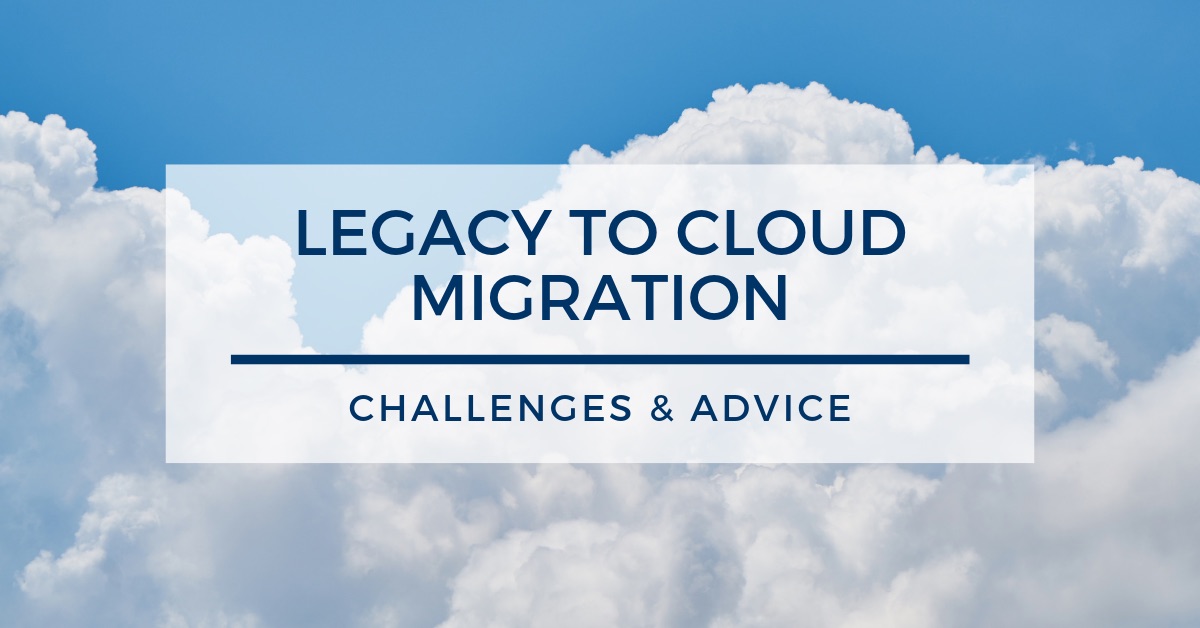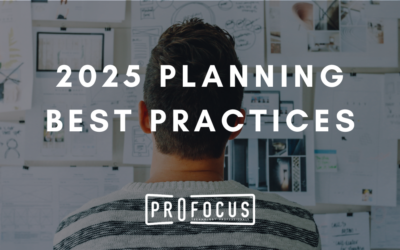Migrating legacy applications to the cloud can seem daunting. What will it cost? How can you get the entire organization on board? Will transitioning to the cloud impact the business’ bottom line?
At our May 22 Leaders Lunch, we were joined by Portland-based software development leaders for a roundtable discussion on these and other issues related to cloud migration. John Boone, President of ProFocus Technology, moderated the discussion as the leaders in attendance shared their advice, best practices, and lessons learned.
Cloud migration was one of two topics discussed at this Leaders Lunch. Read part two — Best Practices for Working in an Agile Culture, here.
Challenges and Advice for Managing Legacy to Cloud Migration
Is your software vendor cloud-ready?
- If not, this can frustrate your plans to move to the cloud.
- This is a simple way to migrate to the cloud. Mirror over your on-premise server, then restore it to the cloud — works great!
What will the usage be?
- This is a common concern as high costs can quickly add up:
- With high usage, Data Express fees can be a problem.
- Forklifting a monolithic application can be 10X the spend, but if you re-architect for the cloud, the costs can be more of a wash.
- Mistakes can be costly. One company ran up $11,000 on accident in 3 hours by hitting the wrong button in a cloud platform.
You may end up with Iaas.
- Unfortunately, you may find that you end up with a lot of IaaS (Infrastructure as a Service) solutions. While technically in the cloud, you are not achieving the true benefits and advantages of using cloud applications.
What about future-proofing?
- Re-writing your application from scratch can be very difficult, and systems that are hard to change become problems. Monoliths are a problem because they are so tightly coupled.
- Build slowly. One company went from a million-line application to 300 microservices. They did it one feature at a time, slowly building their microservice muscles. This makes the transitional state much longer but it prevents having to release a whole new version of the software.
How do you make a business case for upgrading the software application to newer technologies?
- Raise the question inside your organization: “What is the technical cost of servicing a SaaS customer base?” Socialize and talk about this. This generates interesting conversations about getting people to pay for things. You can argue to take some of the money to spend on change instead of the status quo.
Standardization is key.
- One company has a large number of Agile teams, all pushing a few dozen changes into production code every day. They have a build and deployment tooling team and have built out best process flows from code repository to containers.
Set a goal.
Aim to have 90% of applications containerized and then encourage teams to get there.
How do you balance cloud migration with investments in legacy systems?
- You have a choice of the same team managing the old and new system, or breaking it out to two teams. It can be beneficial to have the same team manage both, as they will work harder to make sure the system has fewer problems and will make sure the transition goes quicker/smoother. However, the downside is that this approach reduces the ability to innovate on the new system.
Take advantage of available training.
- For example, one leader shared that Microsoft came to their company and did a good job training the team in Azure
While the process of migrating to the cloud can be time-consuming and costly, the benefits are well worth it. For example, our leaders shared that they were very happy to get away from the 3-6 month process of buying hardware. Other benefits mentioned were faster deployment times, enhanced security, ability to work from anywhere, and improved disaster recovery.
Click here to read part two of our discussion, on Best Practices for Working in an Agile Culture.
If you are a Software Development leader and would like to be involved in future roundtable discussions, please send an email to [email protected] with a request to be invited to upcoming Leaders Lunches.




